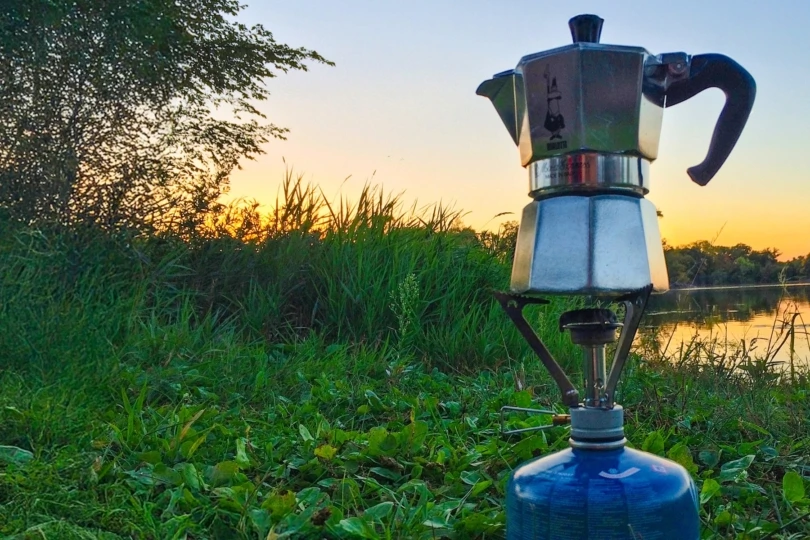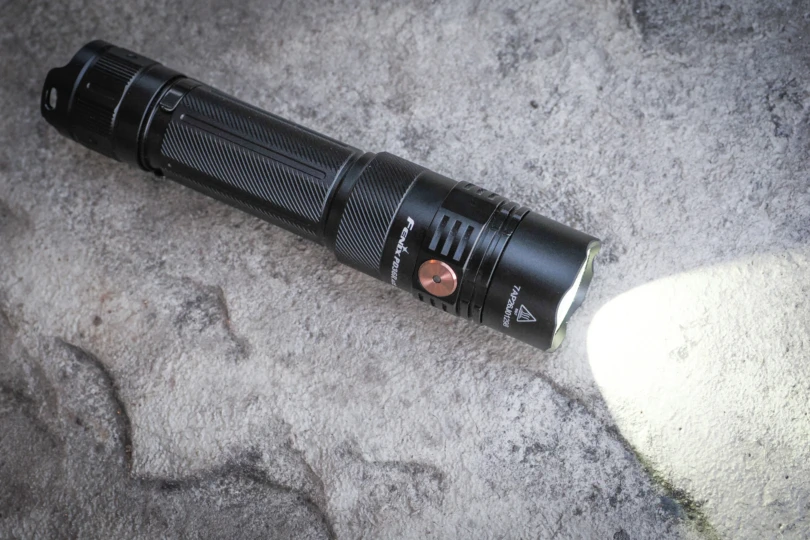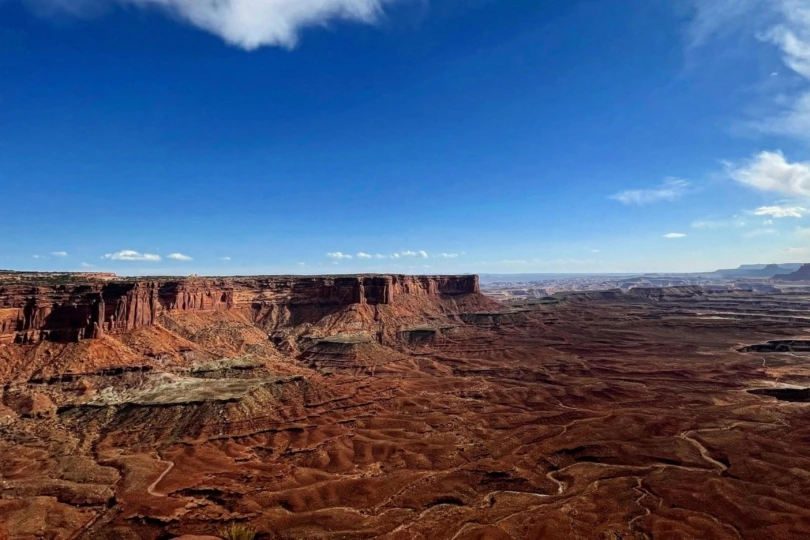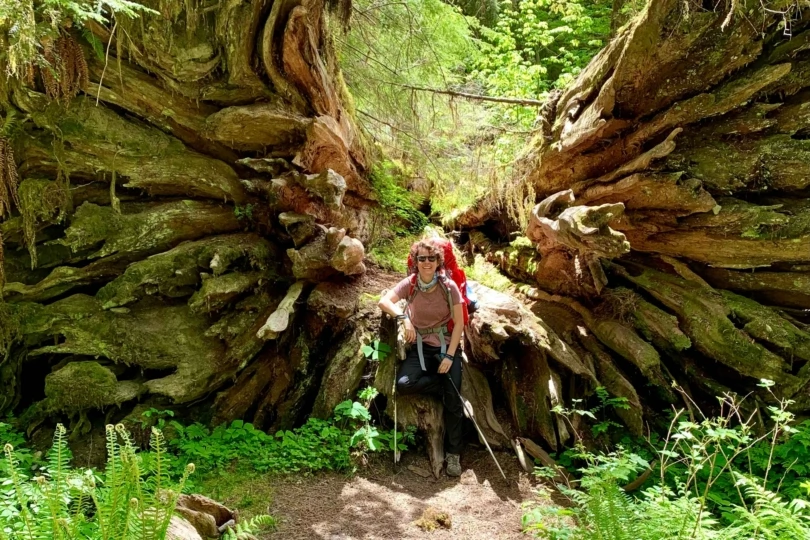If something’s going to go wrong, it’s best to know about it early. A well-planned ‘shakedown hike’ will not only weed out the gear that won’t work, but it will also set you up for a successful and enjoyable adventure.
A good gear setup is like a friendship — reliable, comforting, and requiring you every now and then to carry someone (or something) on your back. And just as you’d want to grab coffee with a new acquaintance before spending a week together in Hawaii, it’s generally a good idea to give your multiday loadouts a try before venturing onto the trail.
Sure, this may sound corny. But consider this — how many times have you found yourself cussing out an article of broken gear? When it’s just you, the elements, and your kit, that pinching hiking boot or too-thin sleeping pad takes on as much personality as an awful travel companion.
This is where a shakedown hike comes in. By assembling your gear and hitting some shorter trails beforehand, you’ll learn what works for you (and what doesn’t) pretty darn quick. Below are a few tips to maximize your trial runs, each of which will pay dividends to your comfort, enjoyment, and sanity.
Test Gear on a Shakedown Hike
Pack Heavy
This one is pretty straightforward. If you’re planning a 2-day shakedown prior to a 4-day hike, pack as if you’re leaving for the actual trip. This includes clothes, water, supplies, and food.
Are there plenty of gas stations, restaurants, and bathrooms along the way? Cool! Enjoy the comforts these services afford. But pack your meals and toiletries anyway.

And don’t be afraid to load up on water. Just because there are drinking fountains and pumps in your local parks doesn’t mean you’ll find them on a long trek.
Water is as heavy as it is vital, so get yourself comfortable with your carry and filtrations systems. Passing a lake or a stream? Great! Whip out your filter and get in some practice.
Now, I’m not saying you need to jump up to a fully laden pack immediately. If you’re working your way into long-distance shape, light or unladen walks are a necessity.
But once you feel like you’ve got your trail legs under you, load up with as much gear as you’re planning to carry on the real thing. If you find that it’s simply too much weight, you can trim your setup accordingly.
And if you find you’re able to carry the mass, perhaps you can add a luxury item like a backpacking chair.
Don’t Take Shortcuts

When you’ve got the luxury of a weekend campsite as a base of operations, it’s very easy to cut corners. But if you’re planning to carry everything on your eventual trek, take down and set up camp, every day. Pull down your tent, get your sleeping bag and pad stowed away, and put the weight on your back.
I’ll admit it, this is a pain. But as inconvenient as it seems, it’ll help you develop and streamline the process. Would you rather put your tent on top of your food bag, or vice versa? How accessible should you make your rain gear? Which articles do you find yourself reaching for throughout the day, and how should you distribute them in your pack?
If you force the issue, you’ll find answers to all of these questions.
Again, this isn’t to say you can’t enjoy some comforts at base camp. Throw a cooler into your vehicle, filled with ice and cold drinks. When you’re hiking through a picturesque destination, the views and experience itself can serve as a reward.
But when you’re slogging through the sometimes-bland scenery of a shakedown, these treats give you something to look forward to.
Choose Varied Terrain

Not all of us are lucky to have mountains in our backyards. But even for flatlanders like me, there are ways you can prepare for the inclines. Look for trails that feature a rollercoaster of small to medium hills, and use them to test both yourself and your trekking poles.
Speaking of which, get yourself some good ones — trekking poles, that is. Trekking poles make a world of difference, both in ascents and descents. And you may need a pair anyway if you’re planning to use an ultralight backpacking tent, as many of these rely on such poles for their setup.
This is another way to keep yourself accountable on the shakedown. Don’t feel like taking down your shelter in the morning? Well, if you want to hike with your trekkers, you don’t have a whole lot of choice.

There are other factors besides elevation. Rocks, gravel, dirt, and grass all present different challenges to your gear setup. Tackling these various terrains will help you determine the best kind of footwear for your pace and style, along with your socks.
Be Prepared for Failures
That’s kind of the point, isn’t it? If things are going to go wrong with your gear or body, you’d prefer it to be in a relatively controlled environment. As such, make sure you bring along some basic fix-it supplies, both for your kit and for yourself.
For tents and sleeping pads, familiarize yourself with their patching systems. And if you’re using twist-lock trekking poles, know what to do if the mechanism gets stuck.
A lightweight multitool can be vital when it comes to fixing broken gear, so look for an option that fits your style and preferred carry weight. Shoes, as well, benefit from an extended shakedown. Mine felt fine when I was doing 8-mile days. But when I started to double that number, blisters cropped up repeatedly in similar spots.
To that point, make sure you’re carrying some basic medical supplies. Cleaning wipes, hand sanitizer, moleskins, and a few different types of bandages will go a long way toward keeping your shakedown woes relatively minor. Oh, and don’t forget the Body Glide. Sooner or later, you’re going to need it.
Lastly, Get Excited!

Hiking should be fun, right? And just because you’re looking forward to the longer trails, there’s no reason not to enjoy your shakedowns. It’s a chance to put some miles under your heels and some dirt on your shiny new gear.
As such, don’t be afraid to push your kit to its limits. Smack those poles against a rock, rinse your shirt in the creek and wear it for a few extra days, and spend a stormy night in your tent.
When the shakedowns are done and you come out the other side, you’ll know that your gear is as ready as you are.








